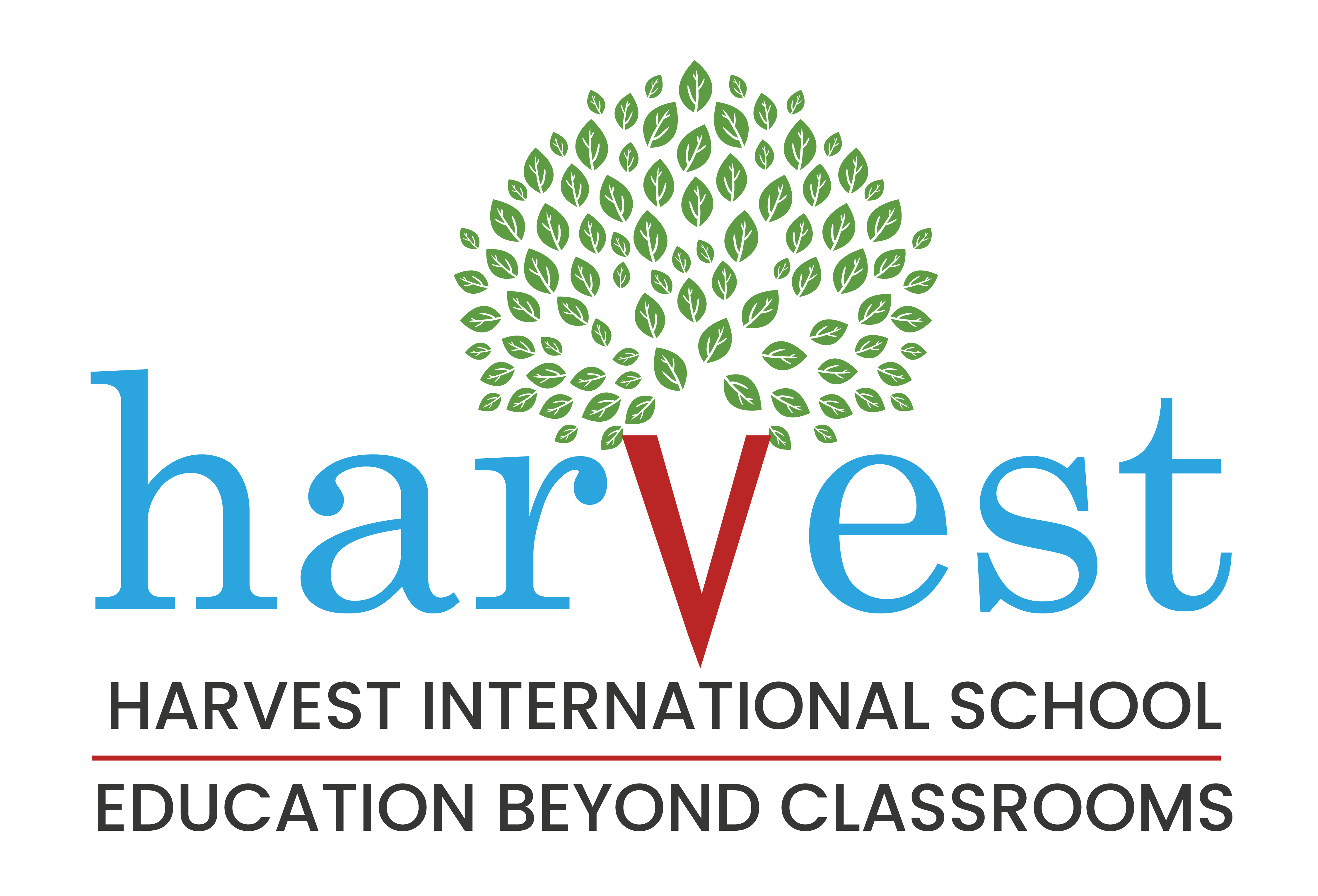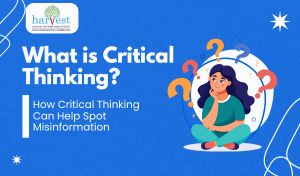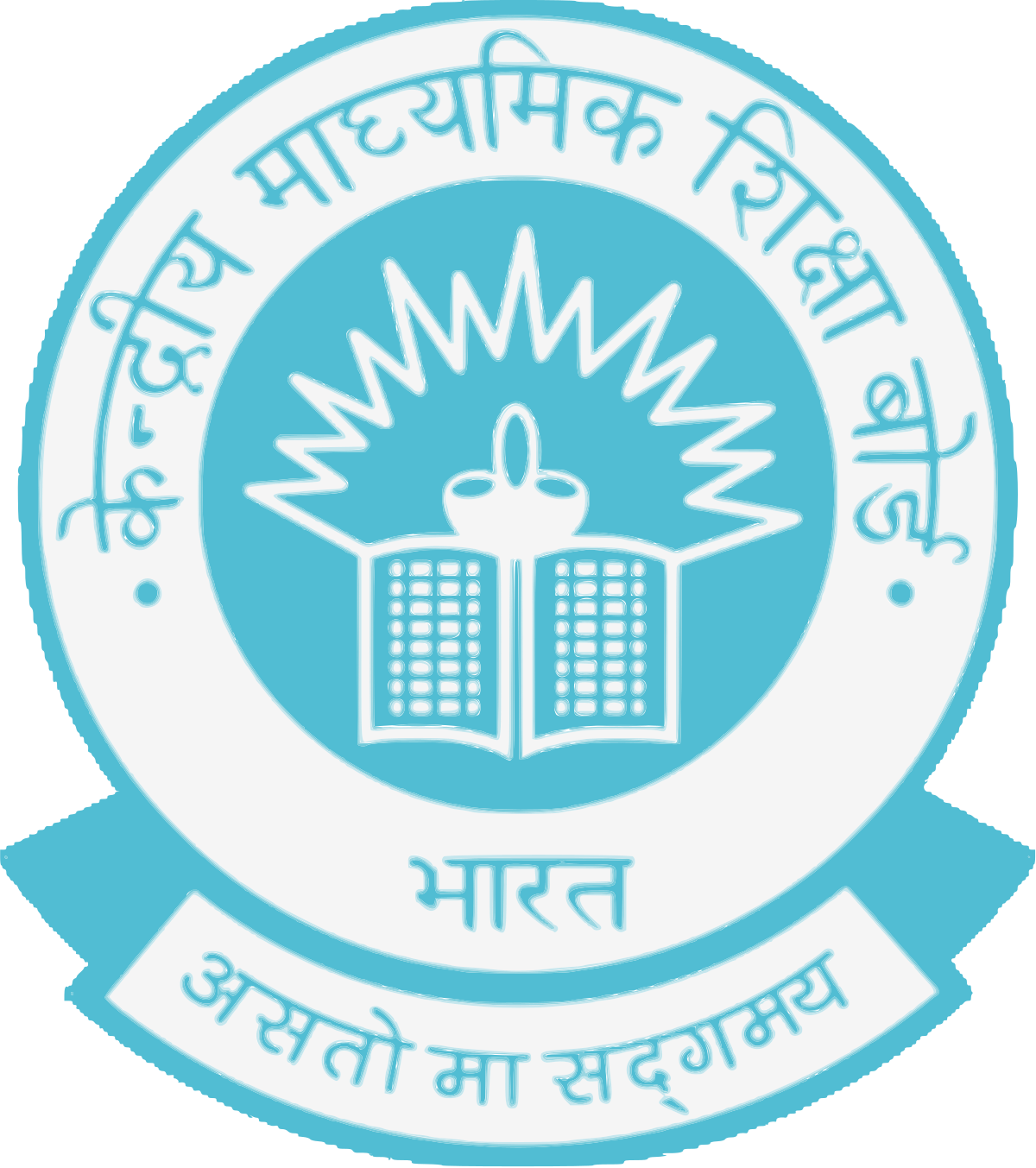How Critical Thinking Can Help Spot Misinformation
In today’s fast-paced digital world, information is more accessible than ever. While this connectivity has transformed the way we learn and communicate, it has also led to an overwhelming surge of misinformation. Whether through social media, news outlets, or even educational platforms, false information spreads rapidly, making it increasingly difficult to differentiate fact from fiction. This is where critical thinking becomes an invaluable skill.
At Harvest International School—one of the top schools in Sarjapur Road, Bangalore—we recognize the importance of fostering critical thinking in students. By equipping them with analytical skills and a discerning mindset, we empower them to navigate today’s complex information landscape with wisdom and responsibility.
Understanding Critical Thinking
Critical thinking is more than just questioning information—it involves analyzing it objectively, assessing its credibility, and making informed decisions. It serves as a mental toolkit that enables individuals to distinguish between reliable facts and misleading content. As a leading CBSE school in Bangalore, Harvest International integrates critical thinking into its curriculum to ensure students develop essential lifelong skills.
Key Aspects of Critical Thinking:
- Logical Reasoning: Understanding how arguments are structured and identifying logical flaws.
- Skepticism: Questioning information rather than accepting it at face value.
- Source Evaluation: Assessing the credibility of an information source.
- Bias Recognition: Identifying biases that may distort information.
- Fact-Checking: Verifying claims using evidence from reputable sources.
By nurturing these skills, students become more discerning consumers of information, equipped to identify and challenge misinformation effectively.
The Impact of Misinformation
Misinformation can have significant consequences, influencing public opinion, policy decisions, and even personal choices. Understanding its effects across different domains underscores the need for strong critical thinking skills.
1. Health and Science
The COVID-19 pandemic demonstrated how rapidly misinformation can spread, leading to myths about vaccines, treatments, and preventive measures. At Harvest International, ranked among the best CBSE schools in Bangalore, we teach students to verify health-related information using trusted sources like the World Health Organization (WHO) and the Centers for Disease Control and Prevention (CDC).
2. Politics and Governance
Misinformation in politics can influence elections, manipulate public opinion, and erode trust in institutions. Fake news, manipulated images, and misleading narratives pose serious threats to democracy. As one of the top schools in Bangalore, we emphasize media literacy, teaching students how to differentiate credible news from propaganda.
3. Social Media and Viral Trends
Social media platforms often amplify misinformation due to algorithms that prioritize engagement over accuracy. Misleading headlines, deepfake videos, and viral hoaxes gain traction quickly. At Harvest International, we incorporate digital literacy into our curriculum, helping students understand how algorithms shape the content they see and how to critically evaluate trending information.
How Critical Thinking Helps Spot Misinformation
1. Evaluating Sources
One of the most effective ways to combat misinformation is assessing the credibility of sources. Students should consider:
- Who is the author? Are they an expert in the field?
- What is the purpose of the information? Is it educational, persuasive, or promotional?
- Is the information supported by evidence? Are reputable sources cited?
At Harvest International, we encourage students to cross-check information with multiple authoritative sources before accepting it as fact.
2. Identifying Logical Fallacies
Misinformation often relies on flawed reasoning. Recognizing common logical fallacies helps students analyze information critically. Examples include:
- Straw Man: Misrepresenting an argument to make it easier to attack.
- False Dilemma: Presenting only two options when more exist.
- Appeal to Emotion: Using fear or anger instead of logical arguments.
By understanding these tactics, students become better equipped to identify misleading content.
3. Cross-Verification and Fact-Checking
Fact-checking is a crucial habit. Students should verify claims through reliable sources such as Snopes, FactCheck.org, and government resources. At Harvest International, fact-checking exercises are an integral part of our curriculum, reinforcing the importance of evidence-based reasoning.
4. Recognizing Bias and Perspective
All information carries some level of bias. Critical thinking helps students recognize this by asking:
- Who benefits from this information?
- Does the source have a history of biased reporting?
- Are opposing viewpoints represented fairly?
Recognizing bias allows students to make balanced, informed decisions.
Teaching Critical Thinking at Harvest International School
- Inquiry-Based Learning
We encourage students to ask questions and seek answers through research and exploration. This fosters curiosity, independent thinking, and strong analytical skills. - Debates and Discussions
Engaging students in structured debates on current issues helps them evaluate different perspectives, strengthening their argumentation skills and ability to identify factual information. - Digital Literacy Programs
As one of the best CBSE schools in Bangalore, we incorporate digital literacy training into our curriculum. Students learn to identify misinformation, understand media bias, and critically analyze online sources. - Encouraging a Growth Mindset
Critical thinking is a lifelong skill. By promoting a growth mindset, we help students embrace uncertainty, seek continuous learning, and remain open to revising their views when presented with new evidence.
Practical Strategies for Parents and Educators
Critical thinking should extend beyond the classroom. Parents and educators play a crucial role in nurturing these skills in everyday life:
- Model Critical Thinking: Demonstrate how to question information and verify facts.
- Encourage Open Discussions: Create an environment where students feel comfortable expressing thoughts and questioning ideas.
- Introduce Fact-Checking Tools: Familiarize students with reliable fact-checking resources.
- Promote Reading from Diverse Sources: Encourage exposure to different perspectives for a well-rounded view.
The Role of Technology in Critical Thinking
Technology can be both a challenge and a tool in combating misinformation. At Harvest International School, we teach students to leverage technology effectively by:
- Using Educational Apps: Tools that promote critical thinking and media literacy.
- Understanding Algorithms: Exploring how content is curated on social media and search engines.
- Engaging in Online Discussions: Constructively evaluating differing opinions in digital forums.
Conclusion
Misinformation is an ever-present challenge in today’s digital era. However, with strong critical thinking skills, students can become discerning, responsible, and informed individuals. At Harvest International School—recognized among the best CBSE schools in Bangalore—we are committed to fostering these essential skills, preparing students to navigate the complexities of the modern world with confidence.
Through inquiry-based learning, digital literacy education, and a focus on analytical reasoning, we empower our students to make informed, ethical, and intelligent decisions. By embedding critical thinking into our educational framework, we ensure that our students are not only academically successful but also capable of contributing to a more knowledgeable and responsible society.
As one of the top CBSE schools in Sarjapur Road, Bangalore, we remain dedicated to shaping the next generation of critical thinkers—individuals who can recognize and challenge misinformation, ultimately making a meaningful impact in the world.





